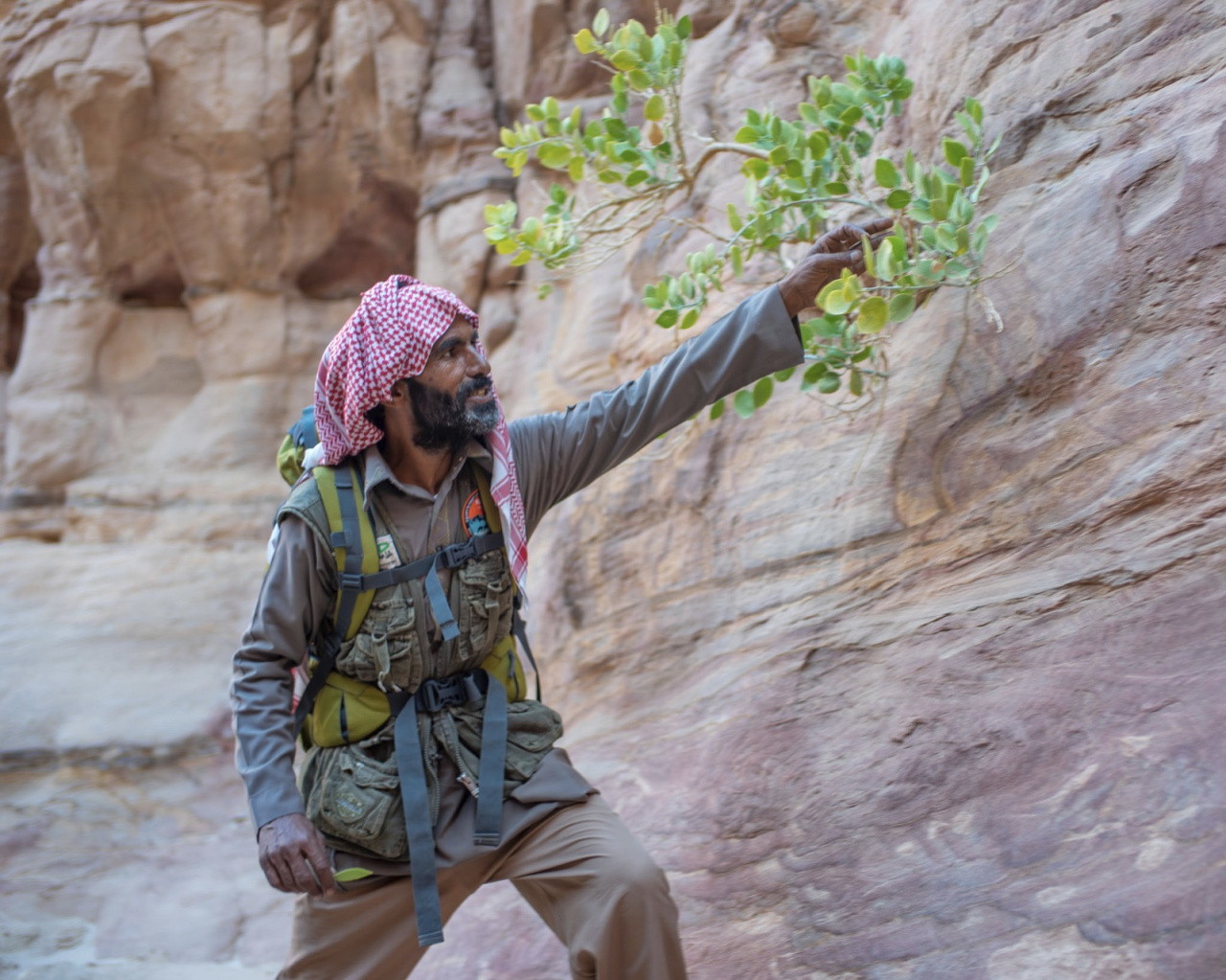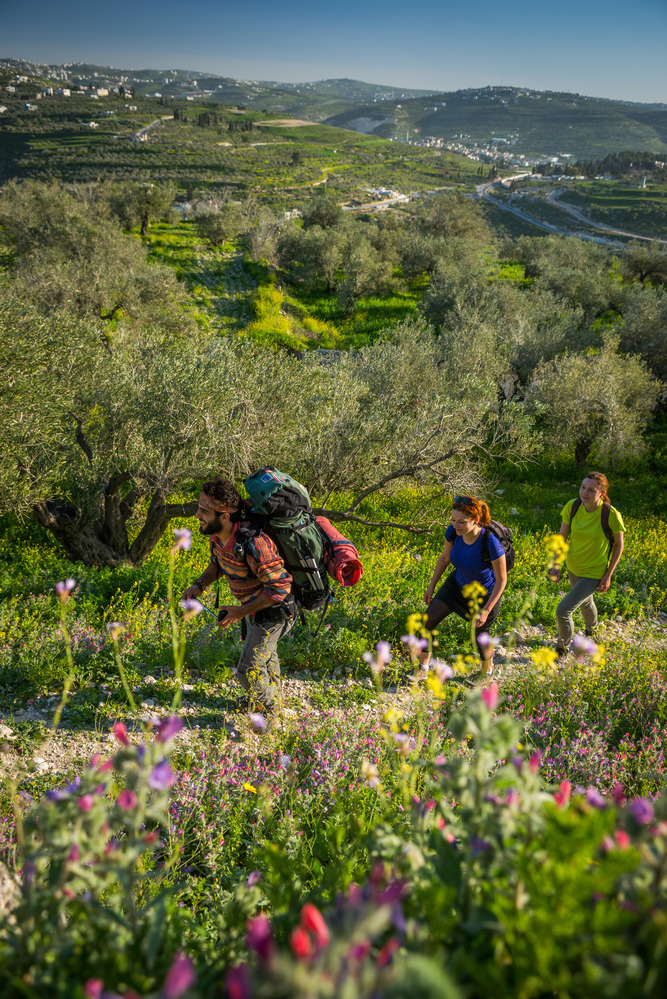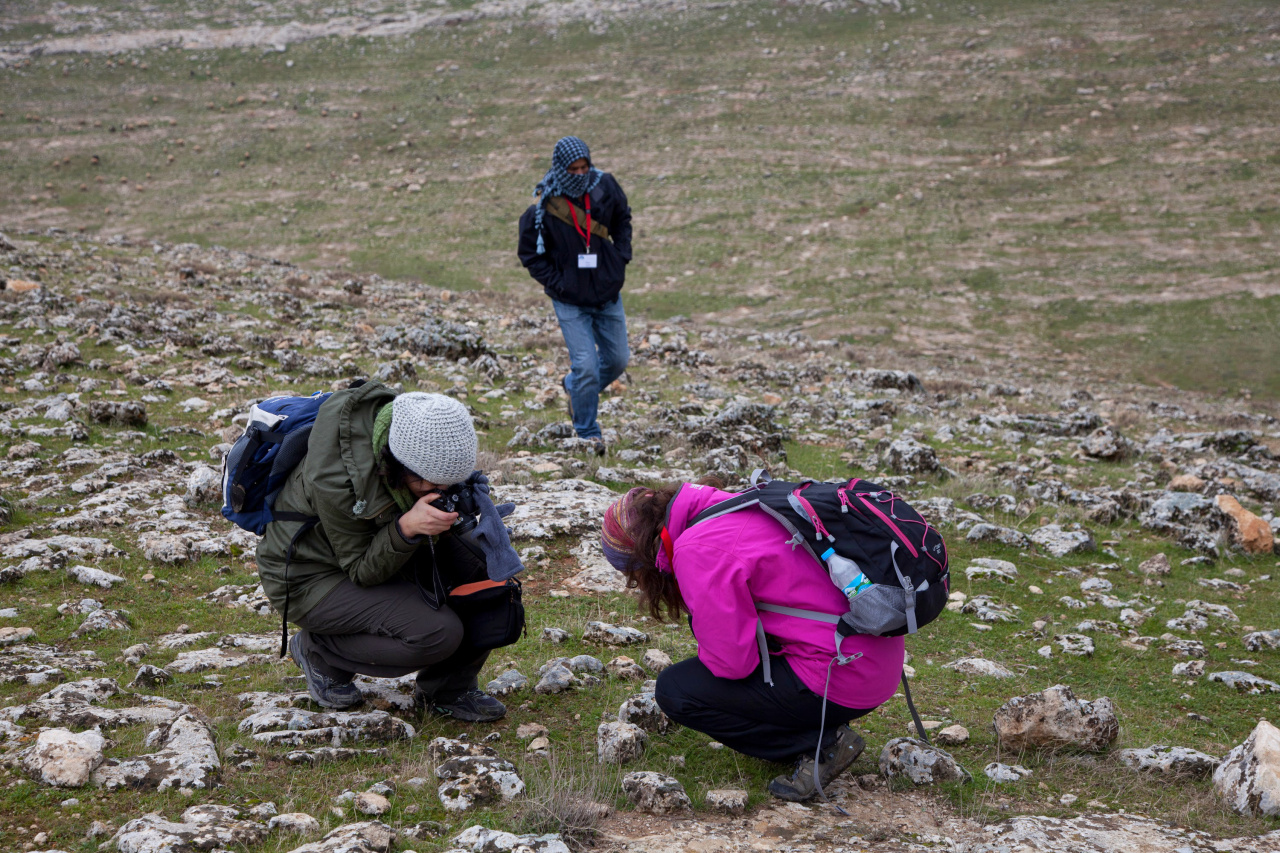
Whether you like sunny coastlines or rugged mountains, bustling urban spaces or quiet walking trails, Southwest Asia - also known as the Middle East - has something for you. And no matter where you are in the region, you’ll experience the traditions of hospitality attributed to the legendary prophet Abraham/Ibrahim.
If your dream trip involves hiking, keep reading for some tips to help you plan and enjoy your trek to the fullest!
For optimal experiences, the ideal seasons for walking in the region are spring and late fall. During the summer months of June through September, the weather tends to be extremely hot, making hiking uncomfortable and potentially hazardous. However, from mid-October onward, temperatures generally cool down, creating favorable conditions for enjoyable hikes that typically last until the intense summer heat returns around May. While the winter months of January and February may bring rain and muddy trails, by March, vibrant flowers start to bloom, making March and April the prime period for walking adventures.


Even though some portrayals of the region depict it as one of political volatility, millions of tourists visit Southwest Asia each year. Instances of violence are typically confined to specific areas and rarely target foreigners. While petty crimes such as pick-pocketing may occur in larger cities and popular tourist destinations, the rates of major crimes are exceptionally low, comparable to those of many Western European countries. It is important to note, however, that sexual harassment against women remains prevalent, and we caution female hikers to take special care. Familiarity with local customs and cultural considerations can also aid travelers in minimizing potential risks while exploring the region.
In areas where hiking may not be prevalent, one effective approach to mitigate risks is to hike alongside a local guide. These guides can help clarify your intentions to the local communities you pass through, dispelling any suspicions they may have and fostering understanding. Hiring a local guide also contributes to the local economy, providing employment opportunities that utilize their invaluable knowledge and expertise.
Despite thorough planning, unexpected emergencies can happen anywhere. As you organize your trip, it's essential to identify roads and access points that could serve as emergency evacuation routes. In the event of an emergency, it's crucial to remain calm and prioritize your personal safety while also assisting others to the best of your abilities. To be prepared for emergencies, we recommend carrying a cell phone with roaming coverage or obtaining a local SIM card and saving the number(s) of local emergency services. In case of an emergency, call the local emergency services immediately.
Medical facilities are available in major cities, ensuring access to necessary healthcare. In the case of severe injuries, it may be advisable to transfer to a hospital in the nearest large city for the most advanced and professional medical treatment. We strongly recommend obtaining trip insurance that covers medical emergencies and evacuation to your home country if needed. This ensures peace of mind and necessary support in case of unexpected medical situations.
When preparing for your journey in the region, the general guidelines for packing are similar to those for any other trekking adventure. It's crucial to have the necessary equipment to ensure your safety and comfort in the wilderness, while also being mindful of weight.

If you're purchasing outdoor gear for the first time, it's worth investing extra care and money in two key areas: your backpack, especially if it's a larger pack for multi-day hikes, and your footwear. It's advisable to try them on and get fitted at a store, preferably with knowledgeable outdoor professionals, as the right fit is essential for both comfort and functionality. Remember, packing lighter and bringing only essential items will reduce the weight you have to carry, making your hike more enjoyable and less exhausting.
Properly broken-in footwear will serve you best, as your feet need time to adjust to the shoes or boots you'll be wearing. To prevent blisters and other foot problems that could disrupt your trip, it's recommended to wear your footwear for some time before embarking on a long hike, allowing you to address any issues and become accustomed to them before hitting the trail.
In line with environmental respect and "Leave No Trace" principles, it's preferable to use a camping stove instead of building campfires. Collecting wood for fires deprives ecosystems of valuable organic matter, leaves fire rings that scar the landscape, and increases the risk of spreading wildfires.
When venturing into wilderness areas where self-navigation is necessary and help may not be readily available, consider the "Ten Essentials" and how they apply to your specific situation. These essentials include items and tools that are crucial for your safety and well-being in various scenarios you may encounter.


